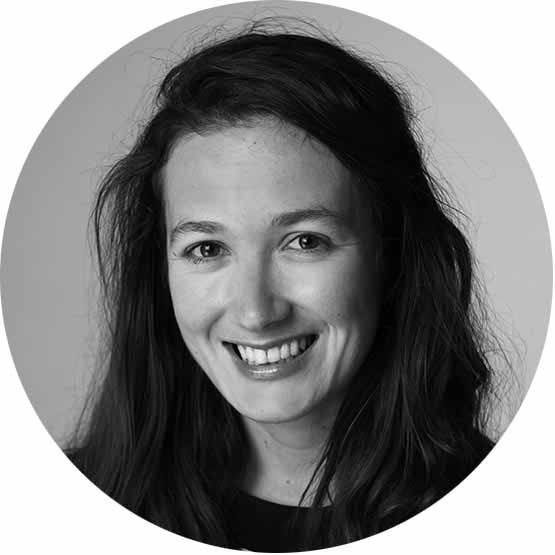As part of our ongoing Snapshots video series in partnership with GQ Japan, we reveal the creative process of the country’s most significant fashion designers. Here, we meet Yosuke Aizawa.

When peeking inside the carry-on luggage bag of Yosuke Aizawa, you mightn’t think he’s travelling between Florence and Paris for multiple fashion shows. But for Aizawa, he had all the essentials he needed for his trip.
“My carry-on bag was full of things such as snowboard boots and a helmet,” he says. “My luggage didn’t look like it belonged to a designer travelling to his fashion shows.”
Aizawa’s brand White Mountaineering is riding a wave of success brought on by the increasingly blurred line between traditional fashion and activewear. Launched in 2006, White Mountaineering cleverly fuses design, utility and functionality without succumbing to sales or marketing trends. Presenting its own Spring/Summer and Autumn/Winter collections each year, Aizawa also collaborates with international brands which align with the White Mountaineering ethos: adidas, Burton, Moncler.
“I’ve always tried to merge functional and natural materials and make them into fashion,” says Aizawa. “So it’s closely attached to my recreational activities. When I go snowboarding, I often wear a Gore-Tex® shell and Merino wool base-layers. For base-layers, I like wool rather than chemical fibres. First of all, it absorbs sweat. Then, it goes outside through the filter of the Gore-Tex. Although people might think that wool is coarse, Merino wool used for base-layers is really comfortable.”
Whilst design, pattern-making and concept are all important features to Aizawa when creating a collection, he firmly believes that for him, textiles are the most important factor.
“Since I was a student, I started with spinning and dyeing; I even manually created fabric from raw wool. On the other hand, as far as fashion, I had to figure out my methodology. First you try to understand the ingredients you want to use, and then you figure out how to cook them. That’s my way of thinking.”
A father of three, Aizawa says his house has been taken over by “kids’ stuff”, his studio now doubles as a place for him to store his favourite things – namely, his snowboard gear.
“My staff doesn't come to the studio unless there are meetings, so the studio is like a home only to myself. I’d be holed up in the studio when I work on the designs.
“I think I have to completely separate the time when I need to absorb things, and the time when I need to output things, in order to keep the concentration while I work. I play really hard when I’m not working.”
